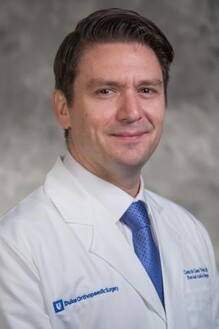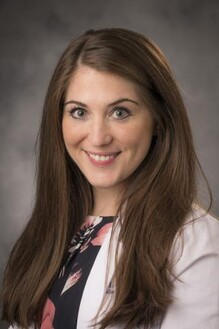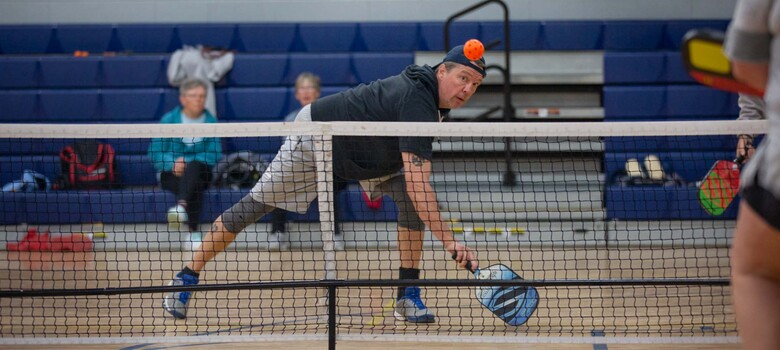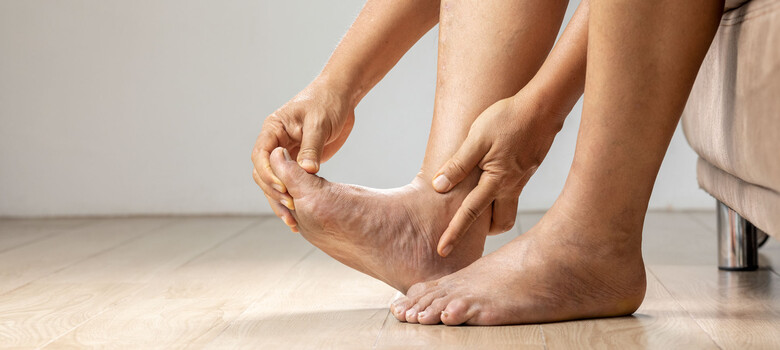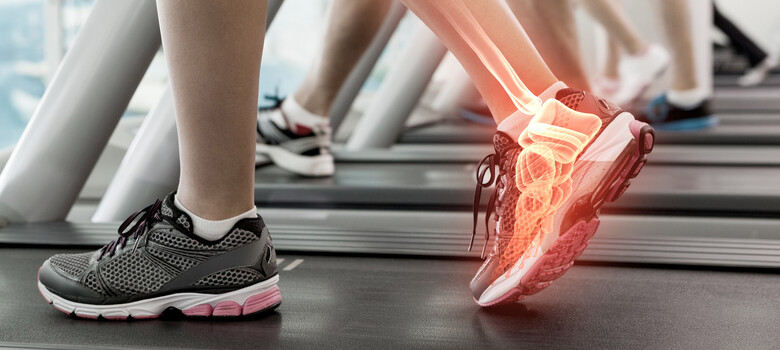After Multiple Dead Ends, Surgery at Duke Restores Virginia Woman’s Ability to Walk

When surgery to fix a broken ankle left Lynne Barrett in pain and unable to walk, she sought multiple medical opinions and underwent months of physical therapy, to no avail. Surgery at Duke Health has restored her ability to walk, returning her to the activities that she enjoys. “It’s pretty amazing,” Barrett said. “So wonderful.”
From An Active Life to Debilitating Pain
Lynne Barrett, 68, loves to play running games with her grandchildren, raise black swallowtail butterflies, and walk 12,000 steps each day. But these pastimes ground to a halt on May 17, 2023, when her dog pulled her off the porch of her home, causing her to break her right ankle.
After trauma surgery in Norfolk, VA, the bones healed, but Barrett was unable to lower her right heel to the floor. “I was in such pain,” she said. “I couldn’t stand on the foot without a shoe, so I couldn’t take a regular shower. I had to sit on a chair.”
Hope Comes with a Referral to Duke
Barrett underwent months of physical therapy, but the heel remained raised. She consulted multiple doctors -- “the top people that I could find,” she said, “and none of them felt very confident. Then the last physician I saw said, ‘You should go to Duke. They’re smarter there.’”
Barrett began researching Duke doctors online and found Duke Health orthopaedic surgeon Cesar de Cesar Netto, MD, PhD. “I really connected with his profile. His bio talked about how it wasn’t just bones he was interested in -- he wanted to solve riddles, and it was apparent that he cares about people. That’s how I selected him.”
Feeling Heard at Last
In April 2024, Barrett and her husband made the three-hour-and-20-minute drive to the Duke Sports Sciences Institute to meet with Dr. de Cesar Netto. “He was the first doctor in a year and a half who looked so sincere,” Barrett said. “He looked me in the eyes and said, ‘Your foot will never be the same, but I am going to get you walking again.’ I believed him. It was an immediate trust.”
At Duke, Barrett underwent various imaging tests, including a standing CT scan that offers reduced radiation, improved results, and takes less time when compared to a standard CT machine. Dr. de Cesar Netto explained to Barrett that even though her imaging exams revealed some arthritis, her foot and ankle deformity were likely caused by shortening of the tendons and ligaments around her ankle.
A Successful Surgery
On August 30, Barrett underwent ankle surgery with Dr. de Cesar Netto. He lengthened her Achilles tendon and other tendons, and also removed scar tissue and freed some locked-up joints in the foot and ankle. “Then we put her ankle in a cast to keep the position that we were able to gain through the surgery,” said Dr. de Cesar Netto. “Now the ankle is in a much, much better alignment, so the foot can serve as a foot.”
Barrett went home the next day. Two weeks later, she returned and was given a harder cast. After her next visit, the cast was removed. “As soon as the cast came off, I knew my foot was down and we were very excited,” said Barrett.
Barrett eventually graduated to crutches, then to a cane. “I remember after my cast came off, Dr. de Cesar Netto’s physician assistant Rachel Chandler said, ‘Okay, now put the cane away. You don’t need that anymore.’ And she was right. I ditched the cane, and I ditched the shower chair.”
Back to Butterflies and More
Today, Barrett is back to doing the things she loves. “It was really exciting for me to be able to start walking again,” she said. “I’m up to 6,000 steps per day, riding a stationary bike, and doing my weights. And I was able to take back my butterfly project.”
“I can't say enough wonderful things about the team,” Barrett said. “I was just so impressed. Everything was so organized, and went just the way they said it was going to go.”
“I think the hardest problem for Lynne was that she was not being heard,” said Dr. de Cesar Netto. “She had been told that that was the best surgery could do, and she needed to do physical therapy and learn how to live with her foot deformity. I think the most important part of her coming to Duke was finding someone to listen to her and give her the care that she deserved.”
